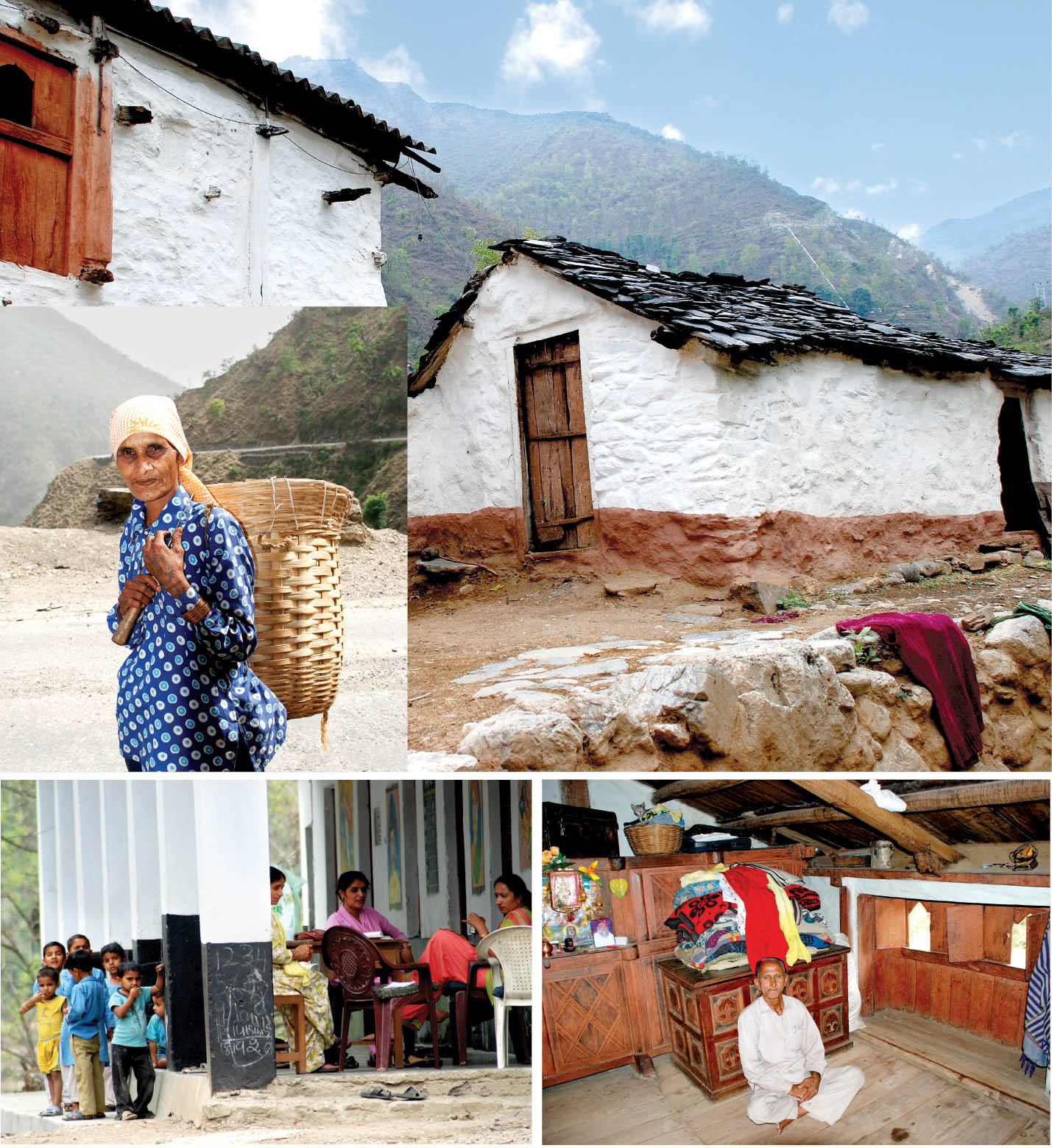The Polyandrous Jaunsari
Published: May 31, 2008
Published: May 31, 2008

Photo: Prasad
Since time immemorial the Jaunsari have nurtured a unique lifestyle with traditions and customs quite unlike any place in North India. Literature claims that the Jaunsari are live descendants of the legendary Pandava of the epic Mahabharata. That is perhaps why the people of Jaunsar share wives. Just as the five Pandava brothers had one wife, Draupadi, Jaunsari brothers too marry one woman. The Jaunsari women, however, confirmed the marriages, but remained unclear about the antecedents of the tradition. Swati, a young ninth grader, herding an errant goat, knitted her eyebrows when posed questions about having multiple husbands, and declared such events are fewer now. I definitely will not marry more than one man. Besides I am planning to look for employment once I complete my studies. Perceiving the delight in our faces, she quickly rounded up her peers and happily prattled about their day to day living and remarkable customs.
Keep reading with one of these options :
